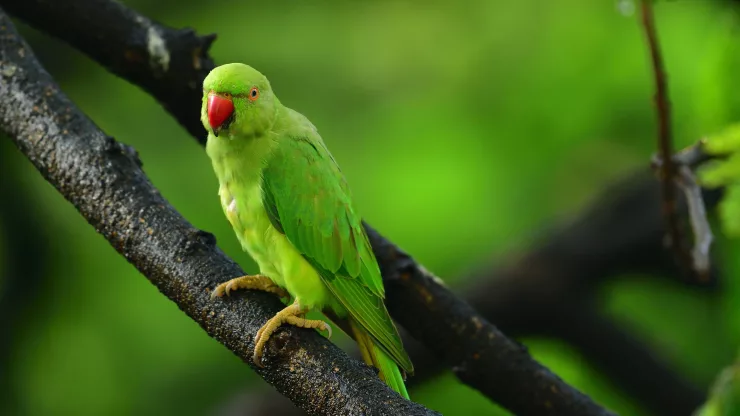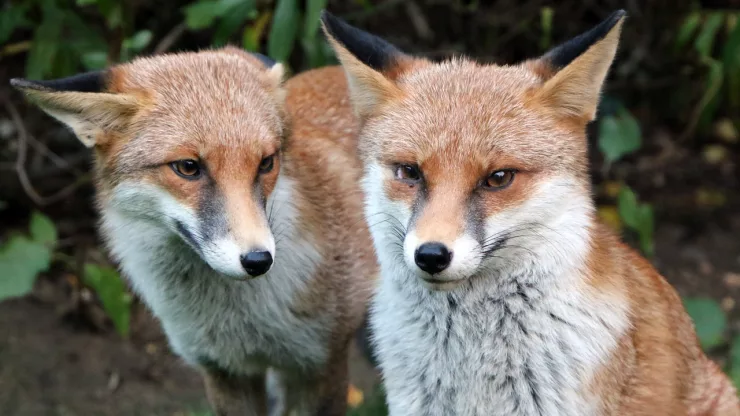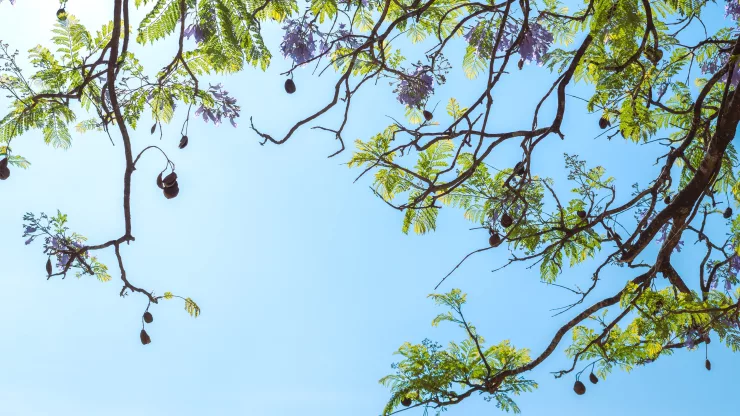As cities continue to grow and expand, the impact on wildlife has become a growing concern.
The effects of pollution on urban wildlife are significant and can have devastating consequences.
In this article, we will explore the relationship between urban wildlife and pollution, the impact of pollution on different species of urban wildlife, and how we can reduce pollution and protect urban wildlife.
Jump to Section
Introduction: Understanding the Relationship between Urban Wildlife and Pollution
The Growing Concern of Urbanization and its Impact on Wildlife
As cities expand and urbanization takes over, the impact on wildlife is becoming increasingly evident.
As urban areas grow, natural habitats for wildlife are destroyed, and animals are forced to adapt to urban environments.
This can be challenging for many species and can lead to a decline in their population.
The Impact of Pollution on Urban Wildlife: A Comprehensive Overview
Pollution has a significant impact on urban wildlife. Pollution can affect the health of animals, disrupt food chains, and lead to habitat destruction.
As we continue to pollute the environment, the effects on urban wildlife become more severe.
The Connection Between Pollution and Urban Wildlife
Pollution and its Effect on the Health of Urban Wildlife
Pollution has a direct impact on the health of urban wildlife. Air pollution can cause respiratory problems and eye irritation in animals.
Water pollution can lead to the contamination of food sources and can cause illness in animals that consume polluted water.
The Impact of Pollution on the Food Chain
Pollution can disrupt food chains in urban environments. Polluted water can lead to the death of fish, which can then impact the animals that feed on them.
This disruption can have significant consequences for the population of different species.
The Role of Pollution in the Disruption of Urban Wildlife Habitats
Pollution can also lead to habitat destruction.
Land pollution can cause soil contamination, which can lead to the death of plants and other vegetation.
This can lead to the loss of habitat for many species of urban wildlife.
Examining the Effects of Pollution on Different Species of Urban Wildlife
The Impact of Pollution on Birds in Urban Areas
Birds are particularly vulnerable to pollution in urban areas. Air pollution can cause respiratory problems, and water pollution can lead to the contamination of their food sources.
Additionally, habitat destruction due to pollution can lead to a decline in bird populations.
The Effect of Pollution on Mammals in Urban Settings
Mammals in urban settings are also impacted by pollution. Air pollution can cause respiratory problems, and land pollution can lead to the contamination of their food sources.
Additionally, habitat destruction due to pollution can lead to the loss of habitat for many species of urban mammals.
The Impact of Pollution on Reptiles and Amphibians in Urban Environments
Reptiles and amphibians are also impacted by pollution in urban environments.
Water pollution can lead to the contamination of their habitats, which can lead to a decline in their population.
Additionally, land pollution can lead to the loss of habitat for many species of reptiles and amphibians.
How to Reduce Pollution and Protect Urban Wildlife
Understanding the Importance of Sustainable Urban Planning
Sustainable urban planning is essential to protect urban wildlife. By creating green spaces, we can provide habitats for different species of animals.
Additionally, sustainable urban planning can reduce pollution and minimize the impact of urbanization on wildlife.
The Role of Community Efforts in Combating Pollution
Community efforts are also essential in combating pollution. By organizing cleanup efforts and promoting sustainable practices, we can reduce pollution levels and protect urban wildlife.
The Importance of Encouraging Sustainable Practices to Protect Urban Wildlife
Encouraging sustainable practices is crucial to protect urban wildlife. By reducing our carbon footprint, we can minimize the impact of pollution on the environment.
Additionally, sustainable practices such as recycling and reducing waste can have a positive impact on the environment.
Conclusion: Taking Action to Protect Urban Wildlife from Pollution
The impact of pollution on urban wildlife is significant, and action must be taken to protect these animals.
By understanding the connection between pollution and urban wildlife, we can take steps to reduce pollution levels and protect these animals from harm.
FAQ
What are some common types of pollution that affect urban wildlife?
Air pollution, water pollution, and land pollution are all common types of pollution that impact urban wildlife.
How does pollution impact the health of urban wildlife?
Pollution can cause respiratory problems, eye irritation, and illness in urban wildlife.
What can individuals do to reduce pollution and protect urban wildlife?
Individuals can reduce their carbon footprint, recycle, and promote sustainable practices to reduce pollution levels and protect urban wildlife.
I’m a nature enthusiast and creator of Metro Wilds and have spent years exploring the great outdoors.
With a passion for environmental conservation and sustainability, I have dedicated my career to writing about the beauty and wonders of nature, as well as the threats facing our planet.
Contact me at [email protected] for assistance.





